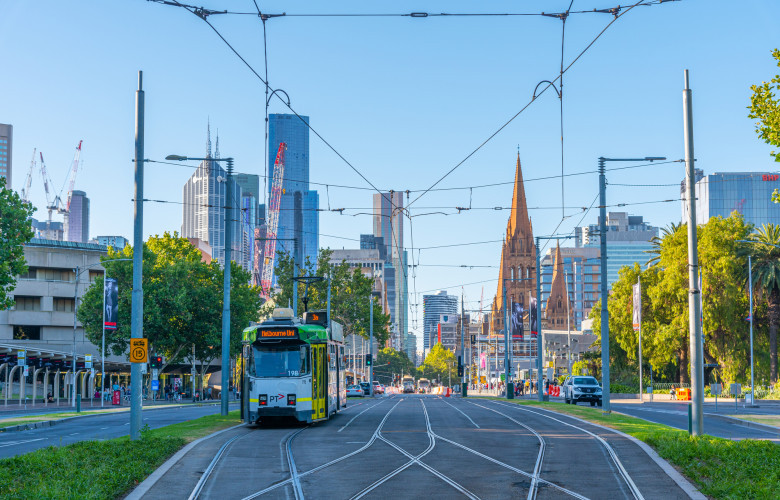Melbourne records highest rental vacancy rate in September
Contact
Melbourne records highest rental vacancy rate in September
During September the national rental vacancy rate across Australia was 2 per cent, according to SQM Research.
SQM Research has reported the national residential rental vacancy rate remained stable at 2 per cent over the month of September 2020.
The total number of vacancies Australia-wide is now 70,389 vacant residential properties.
This time last year, the national vacancy rate was slightly higher at 2.1 per cent.
Most capital cities recorded declines in vacancy rates over the month except for Melbourne which again recorded an increase from 3.4 per cent in August to 3.8 per cent for September.
The city has now surpassed Sydney as having the highest vacancy rate in the nation with an additional 2,316 vacant properties in Melbourne as stage 4 Covid-19 lockdown continues.
Sydney’s vacancy rate remains stable at 3.5 per cent.
Source: SQM Research
SQM Research CEO, Louis Christopher said elevated rental vacancy rates in Sydney and Melbourne continue to push city rents downwards.
"This is particularly the case in the CBD and inner ring suburbs close to the CBDs," said Mr Christopher.
"However, outside Sydney and Melbourne vacancy rates are falling again.
"And then when we consider regional locations vacancy rates have fallen below 1 per cent which really represents the point of little to no rental vacancy.
"In short, in September the population was still looking to stay away from the large cities. We think this trend may soon reverse, but to what extent remains a mystery."
Louis Christopher, CEO SQM Research. Photo: SQM Research
Darwin recorded the highest decline of 0.4 per cent.
Canberra’s vacancy rate although increasing by 0.1 per cent still records a low vacancy rate of 0.9 per cent.
All other capital cities saw minor declines in vacancy rates to record low vacancy rates below 2 per cent.
Hobart’s vacancy rate is the lowest in the nation at 0.6 per cent.
Asking Rents
Over the month, capital city average asking rents decreased 0.4 per cent for houses and 0.7 per cent for units for the week ending 12 October 2020 to record asking rents of $527 per week for houses and $411 per week for units.
The two largest capital cities, Melbourne and Sydney continue to record declines in both house and unit asking rents over the month of September.
Sydney in particular had the largest declines of 1.7 per cent for houses and 1.2 per cent for units.
Melbourne rents declined by 0.8 per cent for both houses and units over the month.
However, Perth, Darwin and Hobart all recorded rental increases in both houses and units with Hobart recording the highest rental growth in the nation for both houses and units, 3.2 per cent and 3.4 per cent respectively.
Darwin increased by 1.9 per cent for house rents and 1.8 per cent for unit rents.
Perth’s rental increases were smaller for houses, 0.4 per cent but units increased 1.4 per cent.
Adelaide recorded a 1.2 per cent increase in house rents but a minor 0.3 per cent decline in unit rents.
Canberra recorded a 1.3 per cent decline in house rents but a 1.5 per cent increase in unit rents.
Brisbane saw a 0.7 per cent increase in house rents and unit rents remained stable.
Year on year, Sydney and Melbourne recorded declines in asking rents for both houses and units, Sydney in particular recording a high 8.9 per cent decline for both houses and units in September 2019.
Similar to this:
Outer Sydney sees sharp vacancy increase as inner city eases







